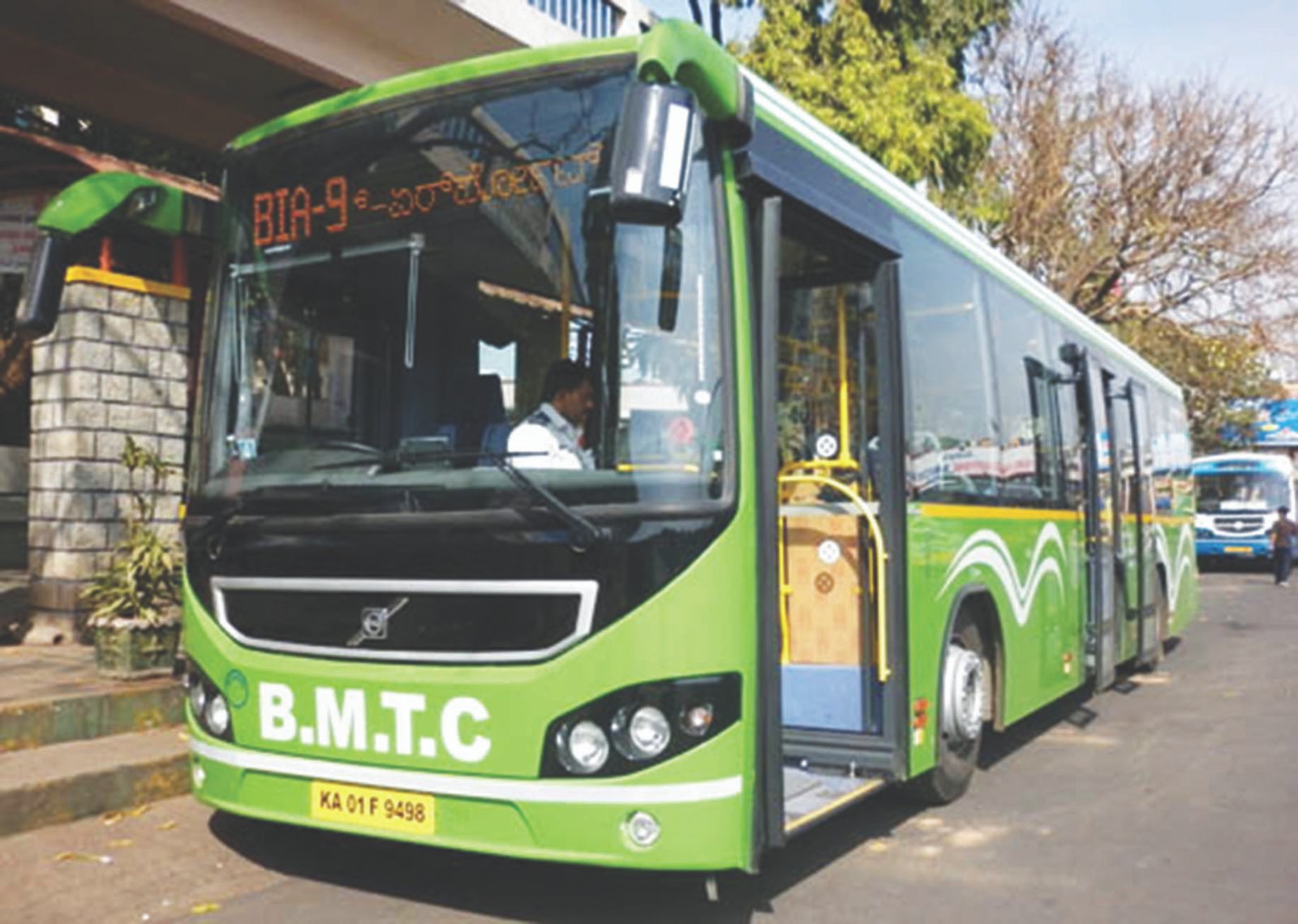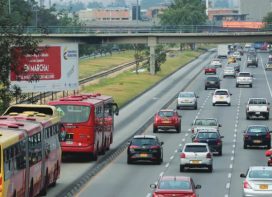Shreya Gadepalli – Founder and Managing Trustee Urban Works Institute, talks about a 5-point agenda to transform public transport in Bengaluru and other cities and the Bus4us campaign

Can we create a bus service that both—an eight-year-old and an 80-year-old—can use without assistance? The Bus4us BLR campaign engages citizens to have more buses, better buses, and faster buses.
Bengaluru buses have become expensive and unreliable. We cannot urge citizens to use public transport on moral grounds. So we need more buses, faster and more affordable buses, to take them wherever they want to go, whenever they want, on time.
Bus4us has a five-point plan that is straightforward:
- The first one is to double the fleet and double the comfort.
- The second is being able to reach a bus stop easily; we need to have bus stops which are within a five-minute walking distance for everyone.
- The third is we must have priority lanes for reliable service. We need a network of dedicated priority lanes. A good step in the right direction is that at least 12 crucial arterials have already been identified.
- The fourth one is to make the ride affordable.
- And the last is information at everyone’s disposal. Everybody needs to know where these services are and how easy they are to use.
The problem of inadequate bus fleet
BMTC needs an adequate fleet of about 6,300 buses. The question here is we cannot put the onus on BMTC. The state and the national Governments need to take the onus of saying that we must invest in buses because investment into buses gives a fillip to the economy. Can we make bus services available for women so that more of them start accessing jobs? That is why we need a state bus mission.
The connection of cars and congestion
Each car passenger occupies ten times more space than a bus passenger. We are stuck in traffic because of cars; bus priority lanes may be unable to solve this congestion. Cities must provide an alternative to those stuck in congestion. The experiment on ORR proved, without a doubt, that much data was collected to verify how effective bus priority lanes can be. The speeds improved, passengers travelled faster, and the same bus could be more efficiently used because they were not in stop-and-start traffic.
Technology is great but we need more
Technology can be a game changer, but let us also acknowledge that technology is the value add, and it wouldn’t do much unless the core infrastructure is in place. So the core infrastructure that we need is more buses, better quality buses and a network of dedicated lanes for faster, dependable buses. People are going to shift if buses are predictable and comfortable. But before that, one very important point. We also need a safe and fun walking environment to reach those buses. The last mile is a critical issue which stops people from accessing buses, and unless we make that walk, that short walk, the five-minute walk to the bus stop, is not only safe but also comfortable and attractive.
Students are the future
Students aspire for a better tomorrow. They have the energy to transform our world, and will be the leaders of our future. Hence, we created an initiative Bus4us BuzzFest in Bangalore, to engage students and channel their immense energy to transform public transport. The festival lets students showcase their creativity through various media, such as posters, reels, and photographs, to celebrate buses and get citizens to join the movement. Students act as Bus Ambassadors, engaging with influential citizens and key decision-makers to urge them to start state bus missions to transform bus services in cities across Karnataka.
 TrafficInfraTech Magazine Linking People Places & Progress
TrafficInfraTech Magazine Linking People Places & Progress


